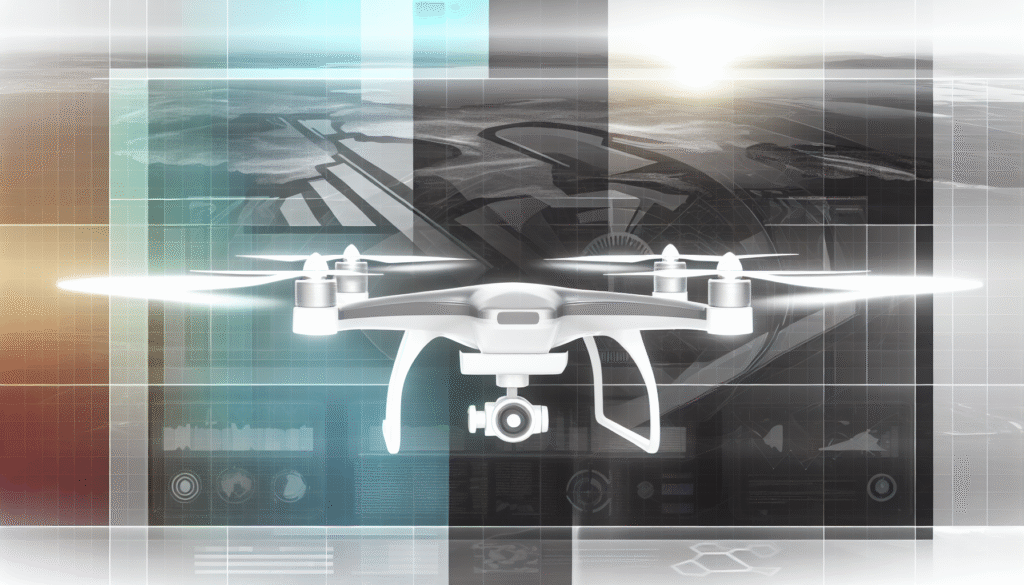The Evolving Landscape of Warfare: Drones and Their Ethical Implications
Introduction to the Modern Battlefield
In the realm of modern warfare, the introduction of unmanned aerial vehicles (UAVs), commonly known as drones, has fundamentally altered the dynamics of combat. This transformation raises profound ethical questions about the nature of engagement in conflict. As noted by Dylan Palmer, a computer science major at the Virginia Military Institute, the essence of warfare continues to evolve, challenging conventional perceptions of risk and legality.
The Advantages of Drones in Combat
Drones have quickly become indispensable tools on the battlefield. Palmer highlights how these unmanned systems reduce risk to human operators by allowing them to conduct missions remotely. This technological advancement not only protects personnel but also enables military forces to execute precise strikes with minimal human cost. Drones are lightweight, cost-effective, and increasingly capable of performing multiple roles in combat scenarios.
What sets drones apart is their dual functionality; they can launch powerful strikes while simultaneously gathering intelligence. This capacity to conduct reconnaissance minimizes the risk of collateral damage, a crucial factor in modern warfare where public sentiment and international law increasingly scrutinize military actions.
Current Applications in Warfare
The utilization of drones has been notably prominent in recent conflicts, such as the Russo-Ukrainian war and the Israel-Hamas conflict. Palmer, focusing particularly on the Russo-Ukrainian war, argues that while drones are essential for contemporary warfare, they alone cannot secure victory. They are valuable for reconnaissance and targeting, but ground troops remain necessary to capture and hold territory.
Palmer notes that both Russia and Ukraine have incorporated commercial drones into their strategies, showcasing an innovative approach to air operations. Previously dominated by helicopters and larger aircraft, the skies have transformed into a complex battlefield where small drones now play pivotal roles. This change has led to increased risks for traditional aircraft, which face new threats from drone technologies.
NATO’s Drone Categorization
The categorization of drones, as established by NATO, helps clarify their distinct capabilities. Drones are classified into three primary categories based on weight and functionality:
-
Contact Drones: Weighing less than 150 kg, these UAVs are typically used for reconnaissance and small-scale operations.
-
Tactical Drones: Ranging from 150-600 kg, these drones carry a broader payload and can engage in more complex missions.
-
Attack, Strategic, and Operational Drones: These heavier drones exceed 600 kg and serve significant roles in both offensive and defensive operations.
The tactical application of these various drones reflects how each type can be utilized for specific missions, from reconnaissance to delivering precise strikes.
Countermeasures: The Challenge of Drone Warfare
As drones proliferate, the military must develop countermeasures to neutralize their threats. Counter-Unmanned Aircraft Systems (C-UAS) are essential for detecting and disabling these UAVs. Palmer estimates that around 1,000 C-UAS systems are currently in service, employing various detection methods, from radar and infrared to laser systems. However, these countermeasures face limitations, necessitating layered approaches for effective defense against drones, a challenge that can be both complex and costly.
Ethics and Legality in Warfare
With the integration of drones into military strategies, ethical considerations have come to the forefront. Should drones be subject to the same legal standards as traditional weaponry? Palmer argues that they should be. Despite their advantages in reducing risks and improving precision, the threat of collateral damage and civilian casualties remains a pressing concern.
The advancement of drone technology has shifted the paradigm of how wars are conducted, prompting ongoing discussions about regulation, legality, and moral responsibility in warfare. The debate emphasizes the necessity for legal frameworks that adapt to evolving technologies, ensuring accountability for their use.
Expert Insights on Drone Capabilities
Palmer’s research advisor, Amish Parikh, commended his thorough examination of drone technologies. By exploring the capabilities of various drones, including those designed for kamikaze operations, Palmer sheds light on the diverse applications and moral implications surrounding modern warfare.
As the son of Jewel and Bill Palmer from Mercersburg, Pennsylvania, and a graduate of Fishburne Military School, Palmer will soon commission into the U.S. Army, placing him at the intersection of military technology and ethics.
Continuous Evolution of Warfare
The conversations sparked by Palmer’s thesis illustrate the ongoing evolution of warfare in the age of technological advancement. As the battlefield continues to change with innovations such as drones, it invites us to reconsider the definitions of fairness, strategy, and legality in the context of armed conflict. The intricate dance between technology and ethics unfolds, shaping the future landscape of military engagements.

